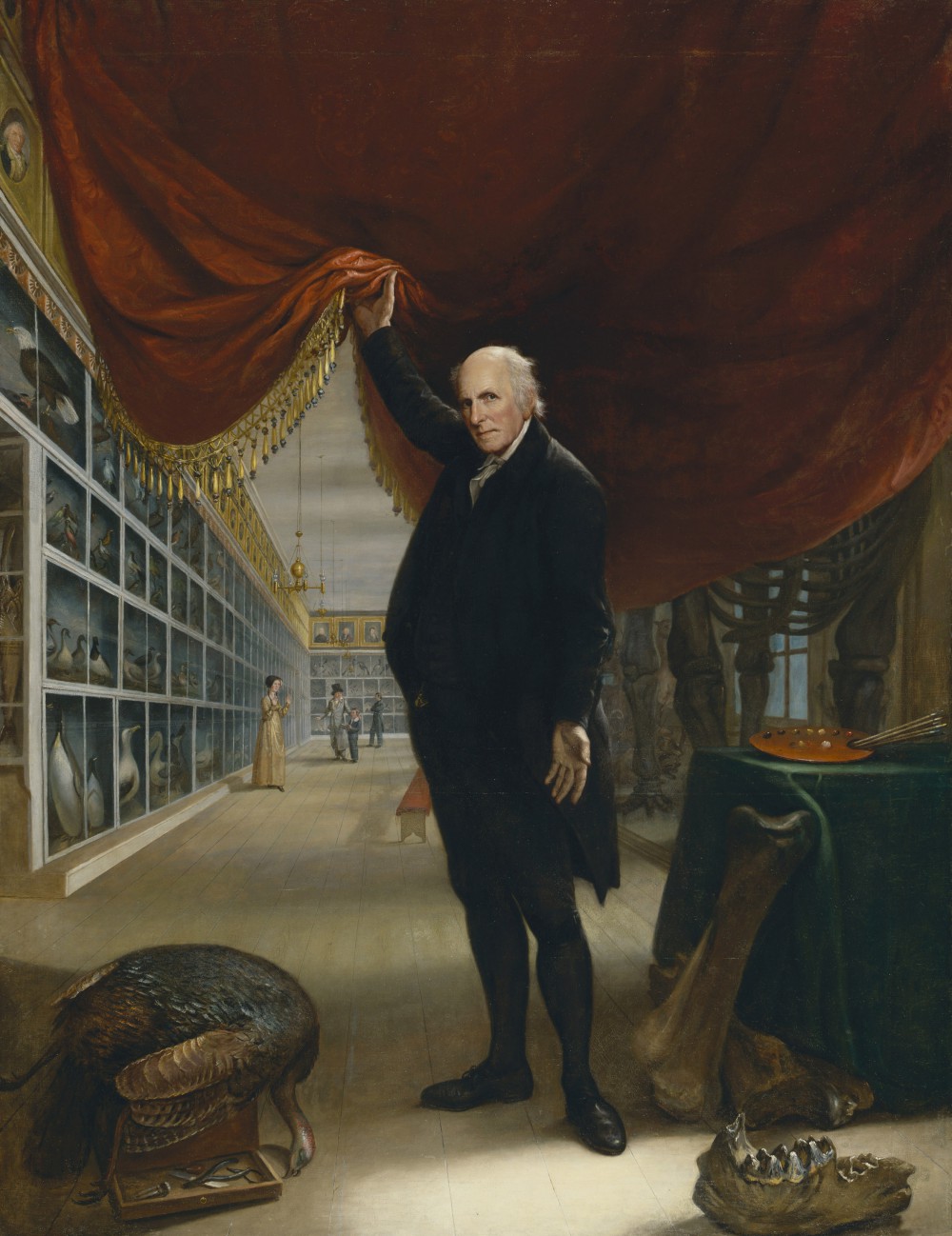At 5 o’clock on the morning of May 23, 1862, the inhabitants of Lewisburg awoke to the firing of weapons and the yelling of Confederate troops, who confidently stood in battle formation along the eastern edge of town. The Confederates of the 22nd and 45th Virginia, as well as the untrained Finney’s Battalion, were under the order of General Henry Heth, a professional solider from the West Point Class of 1847. They were prepared to defend the town of Lewisburg against the raiding 3rd Provisional Ohio Brigade under the command of Colonel George Crook.
The Confederates, believing it an easy victory, informed some Lewisburg residents of their plan to attack the Union Brigade. Assuming a southern advantage in numbers and artillery, the townspeople of Lewisburg prepared a great feast in honor of the Confederates “soon to be” victory. General Heth’s Brigade had previously marched from Pearisburg, through Monroe County and seized the Greenbrier Bridge in Caldwell before advancing on Lewisburg.
General Heth planned to take the Union soldiers who were camped upon a hill in Lewisburg by surprise, but his plan was discovered by members of the 44th Ohio Division who quickly alerted Colonel Crook. The Union officer ordered his 44th and 36th Ohio men to advance toward the Confederate battle line. The confident Southerners opened fire on the advancing skirmishers and shouts of “Scatter!”and “Lie down!” were heard throughout the town. As the Union men began to fall back against the might of the Confederate soldiers, Colonel Crook divided his soldiers to attack the southerners at three different points.
General Heth split his forces to combat these advancing troops. Against the advice of his artillery men, Heth ordered that the cannons be moved into town. Lt. Col E.H. Harman, Heth’s advisor, suggested that the cannons remain on the high ground in order to overlook the town and reach the Union lines.
As the fighting began, the inexperienced Finney’s Battalion was the first to fall. The untrained militia came under heavy fire from Ohio’s 44th and sustained heavy losses. The collapse of Finney’s Battalion exposed the 45th and 22nd Virginia to a hailstorm of bullets from the Ohio troops. Private George Caldwell recalls “the balls flew like hail…you ought to have heard the balls whiz past us.” With no choice left, General Heth ordered for the remainder of his troops to retreat. The Confederates sped across the Greenbrier River, burning the covered bridge to prevent any Union troops from pursuing.
The Battle of Lewisburg lasted twenty-seven minutes, with the Confederate casualties greatly outnumbering their rivals. Eighty Confederate lay dead, one hundred were wounded, and an additional one hundred fifty-seven were taken prisoner. Colonel Crook recovered over three hundred small arms, twenty-five horses, and four artillery pieces, including an old 12-pounder cannon that was taken from the British at the Battle of Yorktown in 1781. In comparison, the Union only suffered thirteen dead, fifty-three wounded, and had seven taken prisoner.
As the sound of gun shots faded and the smoke cleared, a local sniper shot and killed a Union soldier who was returning to camp. Colonel Crook was furious, threatening to burn the entire town and hang all of the snipers found. An investigation led the colonel to the home where the shot had been fired, but the Confederate supporter had long fled. The home was burned, but no person was executed for the crime.
Under order of Colonel Crook, the people of Lewisburg were not allowed to bury the Confederate dead. The soldiers were laid out in a trench at Old Stone Presbyterian Church and slowly a sense of peace and quiet returned to Lewisburg – but it never forgot the battle fought that early morning in May.
After the war, the remains of 95 Confederate soldiers were removed from the churchyard and respectfully buried in a cross-shaped mass grave in what is now known as the Confederate Cemetery in Lewisburg. The Union soldiers who died in the battle were buried on an unidentified hill north of town. After the war, they were reinterred and laid to rest in the National Cemetery in Staunton, Virginia. The Confederates, who were captured as prisoners during the Battle of Lewisburg, traveled to Camp Chase near Columbus, Ohio and were later exchanged for Union prisoners in September 1862. Colonel Crook received much praise for his victory in Lewisburg and became a prominent general in a number of Civil War battles. Although General Heth was harshly criticized and blamed for what took place at Lewisburg, he remained highly regarded by Robert E. Lee. No other man would see more action in the Civil War than Henry Heth.


